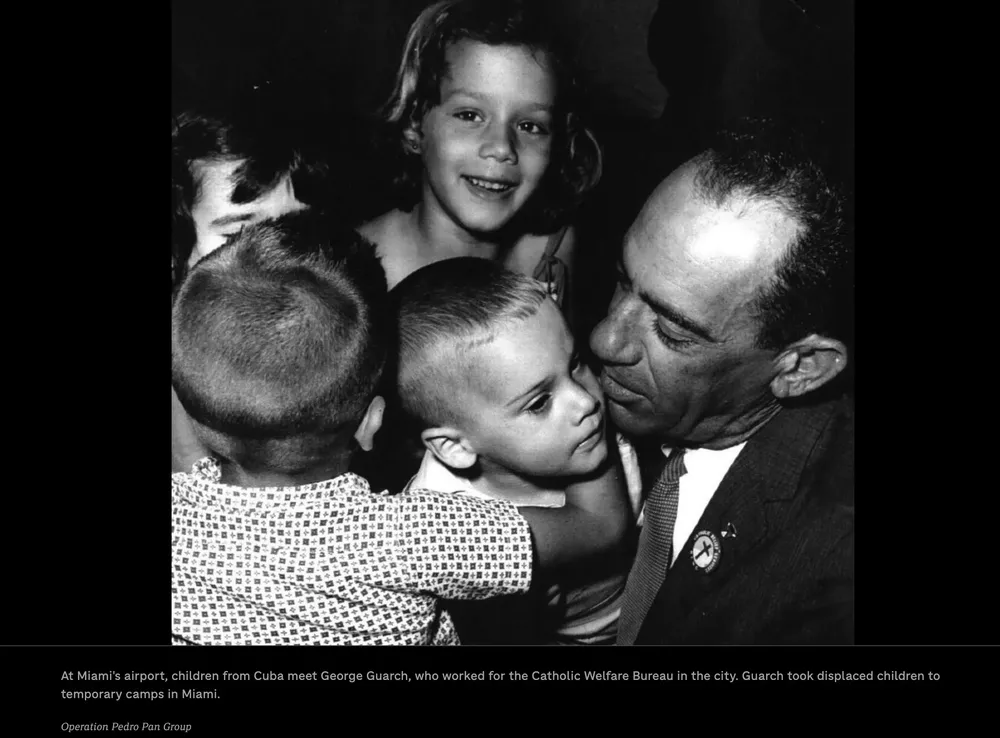
Carlos Armando Cabrera (DLA)
TuDayUSA10/12/2025A Picasso, edición limitada de lujo y parte de su serie Picasso mestizo, es un libro inspirado en la poesía del español Rafael Alberti, autor clave de la Generación del 27, quien en sus comienzos también fuera pintor y que sustuvo una profunda amistad con Picasso, al punto de dedicarle varios cuadernos

Sayde Chaling-Chong García
Autores10/12/2025Europa, influida por corrientes posmarxistas y élites económicas entregadas al globalismo, ha agravado su propia fragilidad. La Unión cometió un suicidio estratégico al desmantelar gran parte de su industria y asfixiar su agricultura con regulaciones que ahogan la competitividad

Roland J. Behar
Autores13/12/2025La cosa empieza a complicarse cuando rebasan el 5%. Ahí comienza el forcejeo para que se produzcan alimentos de acuerdo con la Halal, como ya vemos en España, incrementando la exigencia de contratar musulmanes y ejerciendo presión para que las cadenas de supermercados vendan sus productos, so pena de tomar represalias si estos no acatan

Ricardo Israel
Autores21/12/2025Si hay un fin de la dictadura castrista, por sus características especiales de ahogo de todo espacio para la oposición, por menor y marginal que sea, no va a ser la transición tradicional que ha tenido lugar en la región, ni siquiera la venezolana, ya que se carece de un gobierno legitimado en una elección reciente, sino que creo que va a ser un reventón semejante a la Rumania de Nicolae Ceausescu

Luis Cino
CubaLibre24/12/2025“Toledo Santander, mediocre y chivato”, que su llegada al puesto de secretario de la Asamblea Nacional “es la coronación lógica de un guataca incesante y jurista mediocre, pero que está en deuda eterna con el castrismo y su epílogo"

Carlos Sánchez Berzaín
Autores25/12/2025La guerra híbrida describe su metodología operativa.Los pueblos sometidos por el sistema narcoterrorista del socialismo del siglo XXI han luchado y luchan heroicamente por su libertad

Luis Leonel Leon
CubaLibre26/12/2025La denuncia sobre la exhibición en Cuba de películas “derrotistas, confusas e inmorales” inició una sonada polémica dentro de la intelectualidad comunista durante los años 60.

Luis Cino
CubaLibre28/12/2025El llamado a resistir de Díaz-Canel en el Pleno del Partido Comunista, viviendo solo de lo que el país sea capaz de producir, me recordó Los sobrevivientes, aquella película de 1976 de Tomás Gutiérrez Alea, basada en el cuento “Estatuas en el jardín”, de Antonio Benítez Rojo

Carlos Sánchez Berzaín
Autores27/12/2025Mientras la delincuencia organizada trasnacional asumía personería legal internacional, creaba y buscaba controlar organismos internacionales con las dictaduras de Cuba, Venezuela, Bolivia, Nicaragua y Ecuador, abría la región a China, Rusia, Irán y al terrorismo internacional

Luis Leonel Leon
Autores03/01/2026Con el Cartel de los Soles, el Tren de Aragua y los subalternos y aliados de Maduro sueltos y armados en Venezuela, aún no se sabe si se necesitará un segundo y aún más contundente y largo ataque de Estados Unidos para garantizar una transición real























